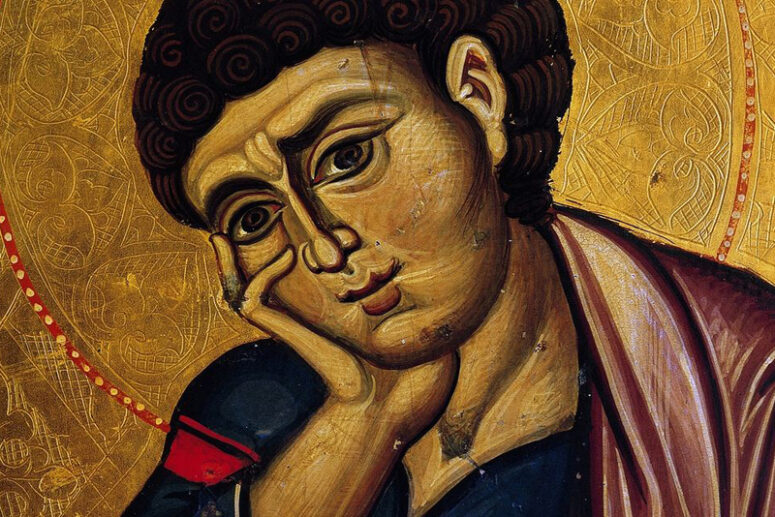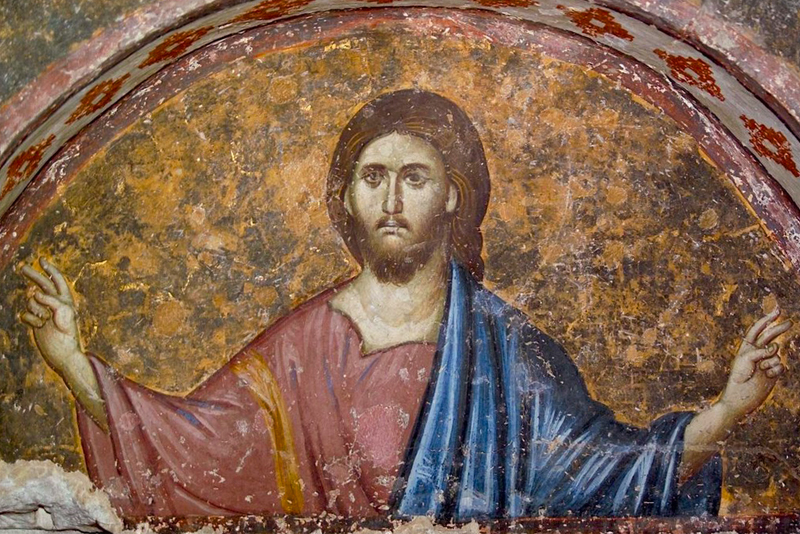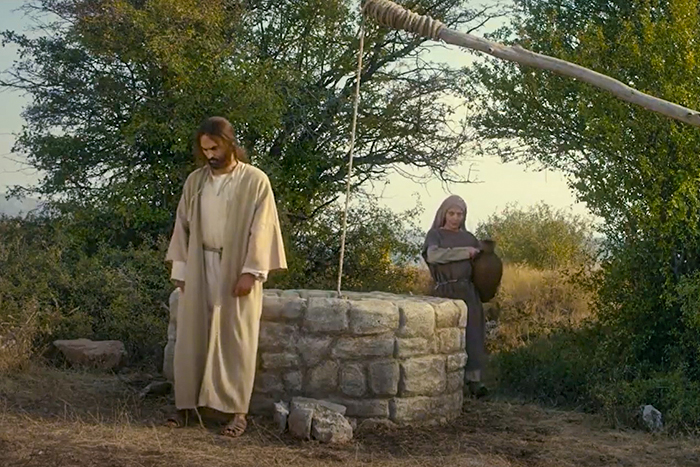
Studying the New Testament convinces me more and more of the uniqueness of the Gospel of John. It is for a reason that the 3 Gospels (of Matthew, Mark and Luke) are called synoptic (Greek Σύνοψις – “joint consideration, review”), i.e. consistent with each other, while the Gospel of John stands apart. The “scheme” of the Gospels can be defined simply as the story of the life of Christ from Baptism to Resurrection, but such a definition does not include many important details. For example, St John does not describe the miracles that we read about in the Gospel of Mark. Luke cites about 25 beautiful parables (about the same number in the Gospel of Matthew), not a single one (!) of which are mentioned by St John. The Sermon on the Mount, which St Matthew includes in his Gospel, St John also omits, transcribing instead some of the Lord’s other most comprehensive and eloquent homilies.
This article discusses yet another striking feature of the Gospel of John recently discovered by Western biblical scholars (Gerhard, Ellis and the Orthodox priest John Breck), i. e. a whole network of literary devices called chiasms.
Parallelisms and Chiasms
The biblical text is very poetic, and this poetry is oriental. Much of what is obvious to the Eastern perception remains confusing to the European eye. If we take any psalm, for example Psalm 51, we will see a parallel structure: “Have mercy on me, O God, according to your unfailing love” is the 1st line; “according to your great compassion blot out my transgressions.” is the 2nd line. The parallels here are “have mercy on me” and “blot out”; “unfailing love” and “great compassion”. This is literary parallelism, a technique where the same thought is represented differently in each line. As we read further, we see the same technique again: “Wash away all my iniquity and cleanse me from my sin.” (Wash – cleanse, iniquity – sin).
Sometimes this structure of the biblical text becomes more complicated, for example, when the 1st verse consists of lines A and B, and the 2nd verse consists of the elements A’ and B’, parallel to the first lines, but slightly different in shape. In this case, the elements A ‘and B’ change places creating a pattern, which resembles the Greek letter X (chi).
A – B,
B ‘- A’.
This literary device is known as chiasm. One of the most exemplary chiasms can be observed in the following verse:
“Do not give what is holy to dogs (A)
and do not throw your pearls before swine, (B)
or they will trample them under their feet, (B ‘),
and turn and tear you to pieces.”(A ‘) (Matt. 7: 6).
Knowing about the use of chiasms by the biblical authors, one can accurately understand the thought of the evangelist. In this case, line A’ corresponds to line A, and line B’ matches line B. Therefore, the author’s thought is: “Do not give what is holy to dogs, lest they turn and tear you to pieces, and do not throw your pearls before pigs, lest they trample it under their feet.”
Chiasms in the Gospel of John
The Gospel of John is dotted with numerous chiasms, from beginning to end. Notably, a word-group containing the main meaning of a verse or a phrase now often appears in the “center” of the aforementioned “X-type” structure of these chiasms. “Hiding” the main idea in the middle of a phrase (rather than concluding it in the end) is often viewed as another characteristic feature of Eastern literature. Here is an example from 1 John 3: 9:
“Everyone who has been born of God (A)
does not sin, (B)
because his seed remains in him; (C)
he is not able to sin, (B ‘)
because he has been born of God.” (A ‘)
In this verse, the main element around which the apostle’s thought is built is line C, where by the seed of God is meant the grace of adoption in the Sacrament of Baptism.
A striking discovery of biblical studies at the end of the 20th century was that not only does the Gospel of John consist of a great many chiasms, but its “global structure” can also be viewed as a chiasm. The entire text of St John’s Gospel can be divided into 5 sections, according to the principle of a chiasm, where on a number of grounds (grammatical as well as semantic) the second section matches the 4th, the 1st aligns with the 5th, and the 3rd forms the said semantic core. There is more to it. After carefully studying the five sections of the Gospel, the researchers were able to conclude that each of them could also be divided into 5 small parts following a pattern that essentially makes each section a chiasm (!).
Unfortunately, the framework of this article does not allow describing even the most important of these chiasms, but I encourage everyone who is interested to try doing some individual research. Let us see however what the chiastic center of St John’s Gospel tells us about its semantic core.
Chiastic Center of St John’s Gospel
The center of the entire gospel is the following passage (John 6: 16-21):
“When evening came, his disciples went down to the lake (A)
where they got into a boat and set off across the lake for Capernaum. By now it was dark, and Jesus had not yet joined them. A strong wind was blowing and the waters grew rough. (B)
When they had rowed about three or four miles, they saw Jesus approaching the boat, walking on the water; and they were frightened. But He said to them, “It is I; don’t be afraid.” (C)
Then they were willing to take him into the boat, (B ‘)
and immediately the boat reached the shore where they were heading.” (A’)
This passage also has a chiastic structure of 5 parts. First, the disciples go down to the lake (A), and at the end of the passage, on the contrary, they reach land (A ‘). In line (B) the disciples get in the boat, and in (B ‘) they are joined by Christ. The main idea of this chiasm is His phrase: “It is I; do not be afraid” (C). This scene figuratively reminds us of other events, including the Old Testament times, when the Jews, led by Moses, also went down to the Red Sea in order to cross to the other side. Then a strong wind also blew and the sea was agitated, dividing for the passage of God’s chosen people. The Jews were frightened by the chariots of Pharaoh pursuing them, but God was with them, in the form of a pillar of fire (see Book of Exodus).
What we see here is the encrypted message of St John that Jesus Christ is the New Moses, leading His new people of Christians embodied by the disciples, to the Promised Land of the kingdom of Christ. The most important phrase of this central chiasm, “It is I; do not be afraid” is nothing other than the Sacred Tetragrammaton of the Name of God (Greek: ἐγὼ εἰμί – I Am, I Exist).
In view of this, thanks to the discovery made by biblical scholars, we learn that in line with the story of the Death and Resurrection of Christ, the Gospel of John has at its core the confirmation of His Divinity and the idea that we should not be afraid, for He is Immanuel, the One who will always be with us. Such was the ingenious concept of the great Theologian, hidden for centuries from the eyes of those reading His Book.




